Adho Mukha Svanasana, also known as Downward-Facing Dog, is a fundamental yoga pose that is often used as a transition pose between other poses. It is a versatile pose that can be modified to suit all levels of experience, from beginners to experienced yogis.
Adho Mukha Svanasana is a full-body pose that stretches and strengthens the muscles of the arms, legs, back, and core. It also inverts the body, which can help to improve circulation and reduce stress. The name Adho Mukha Svanasana comes from the Sanskrit words “adho” meaning down, “mukha” meaning face, and “svanasana” meaning dog pose.
Benefits of Downward-Facing Dog
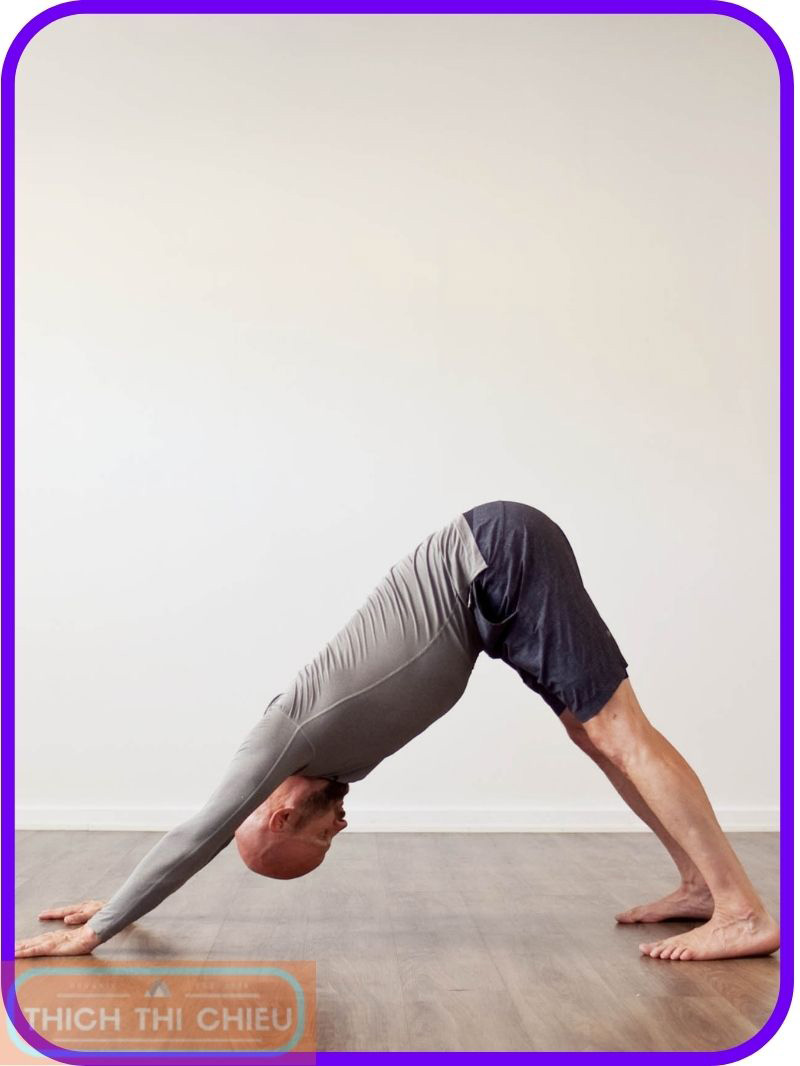
Enhancement of Flexibility in Hamstrings, Calves, Shoulders, and Spine
Downward-Facing Dog is a great pose for stretching the hamstrings, calves, shoulders, and spine. The hamstring muscles are located at the back of the thigh and are responsible for flexing the knee. The calf muscles are located at the back of the lower leg and are responsible for plantar flexion, which is the movement of pointing the toes down. The shoulder muscles are a complex group of muscles that surround the shoulder joint and are responsible for a variety of movements, such as lifting the arms overhead and reaching out to the sides. The spine is a long, flexible column of bones that supports the body and allows for movement.
Downward-Facing Dog stretches these muscles by lengthening them in the pose. This can help to improve flexibility and range of motion in these areas.
Strengthening of Arms, Legs, Back, and Core Muscles
Downward-Facing Dog is also a great pose for strengthening the arms, legs, back, and core muscles. The arms are engaged in pushing the floor away, while the legs are engaged in keeping the hips lifted and the heels grounded. The back muscles are engaged in keeping the spine long and straight, while the core muscles are engaged in stabilizing the entire body.
Improvement in Circulation and Reduction of Stress
Downward-Facing Dog is an inversion pose, which means that the head is lower than the heart. This can help to improve circulation by increasing blood flow to the head and neck. It can also help to reduce stress by calming the nervous system.
Boosting of Energy Levels and Calming of the Mind
Downward-Facing Dog can also help to boost energy levels and calm the mind. The physical action of the pose can help to release endorphins, which are hormones that have mood-boosting effects. The pose can also help to focus the breath and quiet the mind.
Relief from Headaches and Improvement in Digestion
Downward-Facing Dog can also help to relieve headaches and improve digestion. The inversion of the pose can help to reduce pressure in the head, which can relieve headaches. The massage of the internal organs in the pose can also help to improve digestion.
Promotion of Relaxation
Downward-Facing Dog is a great pose for promoting relaxation. The pose can help to release tension in the muscles and calm the mind. It can also help to improve sleep quality.
Step-by-Step Guide to Downward-Facing Dog
Starting Position
- Begin on your hands and knees with your knees directly under your hips and your hands shoulder-width apart.
- Spread your fingers wide and press firmly into the mat with your palms.
- Your knees should be hip-width apart and your toes should be curled under.
Hand Placement
- Your hands should be placed shoulder-width apart, with your palms flat on the mat.
- Spread your fingers wide and press firmly into the mat.
- Your wrists should be directly under your shoulders.
Foot Placement
- Tuck your toes under and lift your hips up and back, forming an inverted “V” shape with your body.
- Your heels may or may not touch the mat, depending on your flexibility.
- Keep your legs straight and your heels lifted as high as you can comfortably.
Heel Position
- If your heels can touch the mat without straining your hamstrings, gently press them down.
- If your heels cannot touch the mat, do not force them. Instead, lift your heels slightly and keep your knees bent.
Spinal Alignment
- Keep your spine long and straight.
- Do not arch your back or round your shoulders.
- Press your hands firmly into the mat to engage your core muscles.
Head and Neck Position
- Relax your head and neck between your arms.
- Do not strain your neck.
- Your gaze should be directed towards your thighs.
Breath and Duration
- Breathe deeply and evenly through your nose.
- Hold the pose for 5-10 breaths.
- If you feel any pain or discomfort, come out of the pose and rest.
Releasing from Downward-Facing Dog
Just as transitioning into Downward-Facing Dog requires proper alignment and technique, releasing from the pose also demands mindful movements. Exiting the pose in a controlled manner ensures a smooth transition and helps to prevent injuries.
Gradual Lowering of Hips to the Mat and Return to All Fours
- Engage Core: Activate your core muscles to maintain stability throughout the release.
- Initiate Descent: Bend your knees slightly, shifting your weight back toward your heels.
- Lower Hips: Slowly lower your hips towards the mat, keeping your spine long and engaged.
- Align to All Fours: As your hips approach the mat, gradually bring your knees closer to your hands until you return to an all-fours position.
Deep Breaths before Resting in Child’s Pose
- Deep Inhales: Take several deep, cleansing breaths, inhaling through your nose and exhaling through your mouth.
- Child’s Pose: Transition into Child’s Pose by sitting back on your heels, folding forward, and resting your forehead on the mat.
- Relaxation: Allow your arms to relax alongside your body, palms facing down. Breathe deeply and evenly, letting go of any tension.
Tips for Beginners
Adho Mukha Svanasana, also known as Downward-Facing Dog, is one of the most popular yoga poses. Although it is a foundational pose in many styles of yoga, it can be challenging for beginners. Here are a few tips to help you get started:
Block Placement under hands or bent knees for modifications
- Block Placement under Hands: If you find it difficult to keep your palms flat on the mat, you can use a block to support your hands. Place the block under your palms and spread your fingers wide over the block. This will help to reduce pressure on your wrists and make the pose more accessible.
- Bent Knees: If your hamstrings are tight, you can bend your knees as much as you need to. This will help to lengthen your spine and avoid straining your hamstrings. You can gradually straighten your legs as your flexibility improves.
Transition from standing forward bend for easier entry
- Standing Forward Bend: Another way to modify Downward-Facing Dog is to transition from a standing forward bend. Start by standing with your feet hip-width apart. Bend forward at your hips, hinging from your waist, and let your hands reach towards your feet. Walk your hands forward until you are in a position with your hands shoulder-width apart and your knees bent.
- Gently Lift Hips: From the forward bend position, gently lift your hips up and back, forming an inverted “V” shape with your body. Press your hands firmly into the mat and keep your spine long.
Gradual progression of pose with regular practice
- Gradual Progression: The key to mastering Downward-Facing Dog is to progress gradually. Start with the modifications mentioned above and gradually work up to the full pose as your flexibility and strength improve.
- Regular Practice: Regular practice is essential for improving your flexibility and strength. Aim to practice Downward-Facing Dog for a few minutes each day, either as part of a yoga class or on your own.
Modifications for Different Abilities in Downward-Facing Dog
Bent knees for those with tight hamstrings
If you have tight hamstrings, you can modify Downward-Facing Dog by bending your knees as much as you need to. This will help to lengthen your spine and avoid straining your hamstrings. You can gradually straighten your legs as your flexibility improves.
Block under heels for those with tight hamstrings
If you have tight hamstrings and find it difficult to keep your heels on the mat, you can place a block under your heels. This will help to elevate your heels and reduce the strain on your hamstrings.
Closer hand placement for those with shoulder pain
If you have shoulder pain, you can modify Downward-Facing Dog by bringing your hands closer together. This will help to open up your chest and avoid straining your shoulders.
Neutral spine for those with back pain
If you have back pain, it is important to keep your spine neutral in Downward-Facing Dog. This means avoiding arching your back or rounding your shoulders. You may also want to modify the pose by keeping your knees bent.
Bent knees and elevated hips for pregnant women
Pregnant women should modify Downward-Facing Dog by bending their knees and keeping their hips slightly higher than their head. This will help to take pressure off of the abdomen and reduce the risk of back pain.
Downward-Facing Dog is a safe and effective pose that can be enjoyed by people of all ages and abilities. With regular practice, you can reap the many benefits of this pose, including increased flexibility, strength, circulation, and relaxation. Hopefully, the above article of TTC has provided you with useful information. If you have any questions or concerns, please leave a comment below.
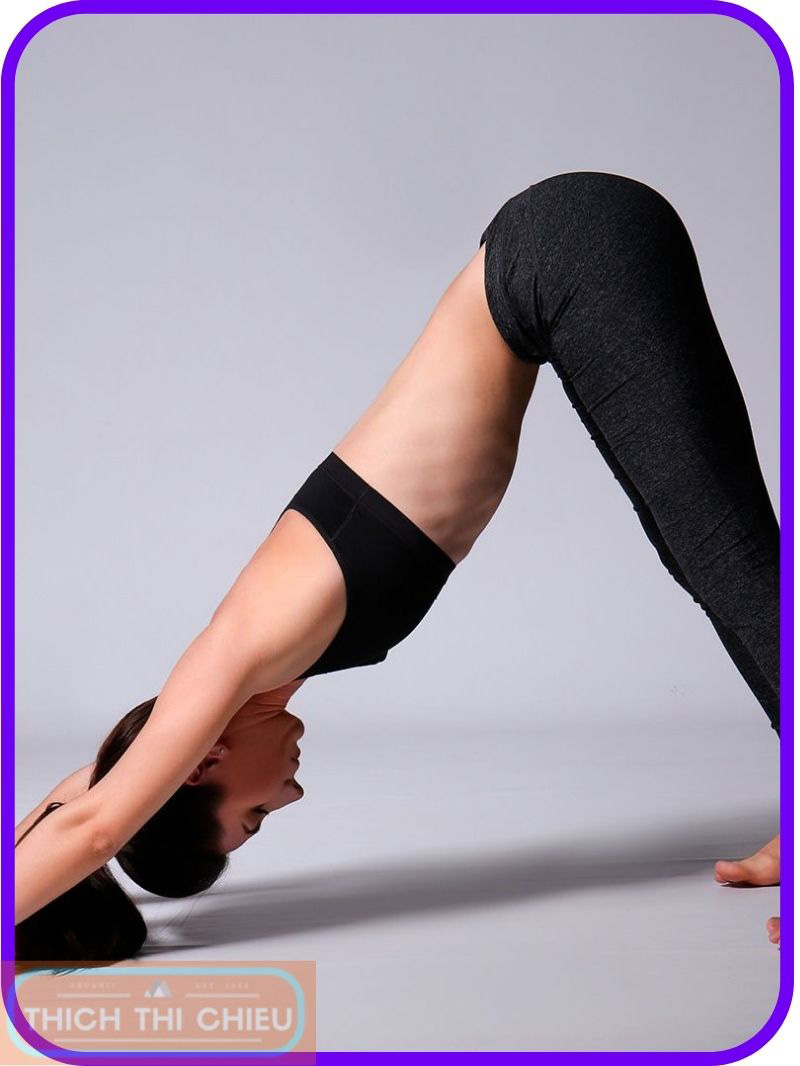
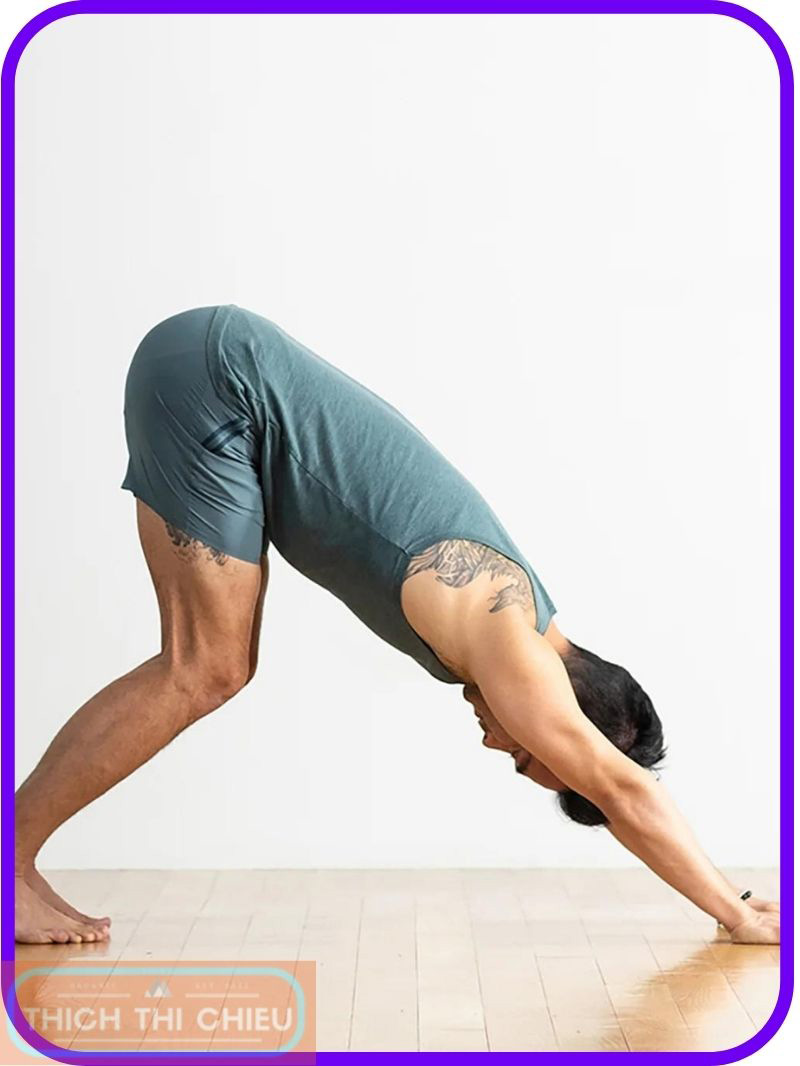
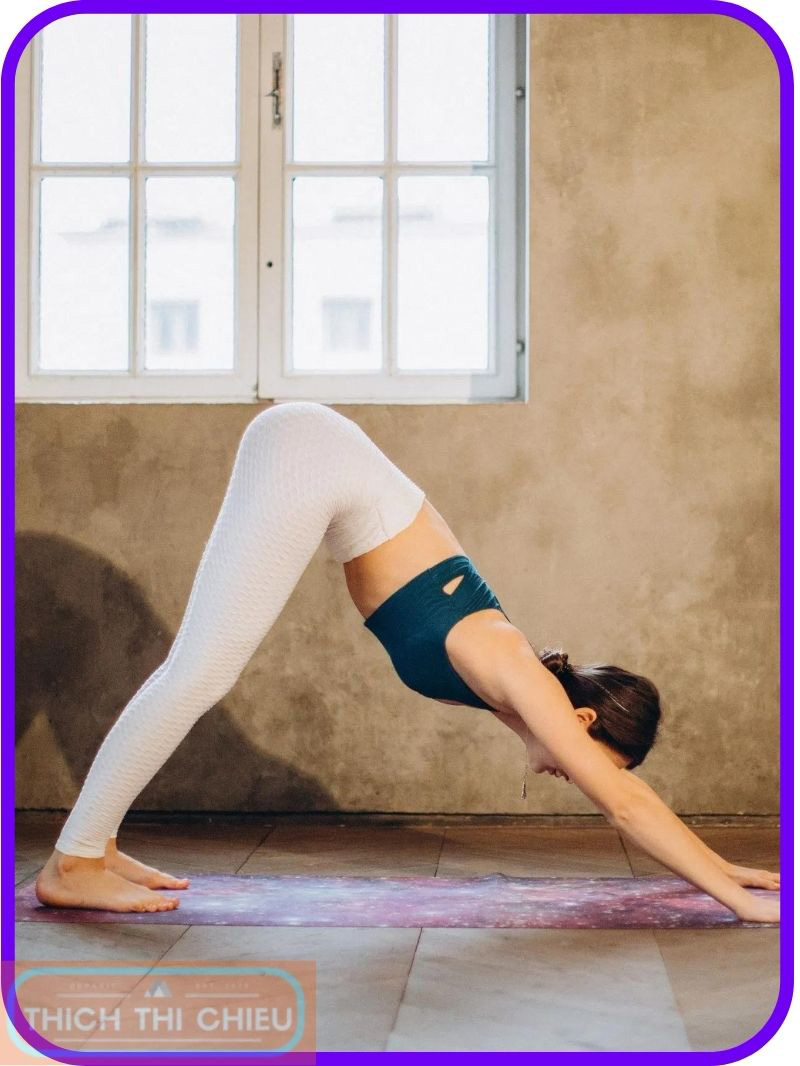
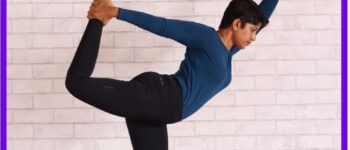
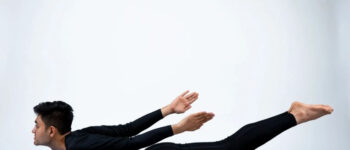
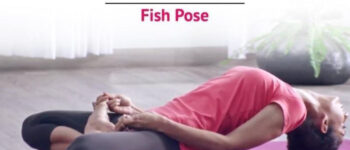
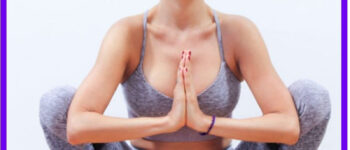

Leave a Reply